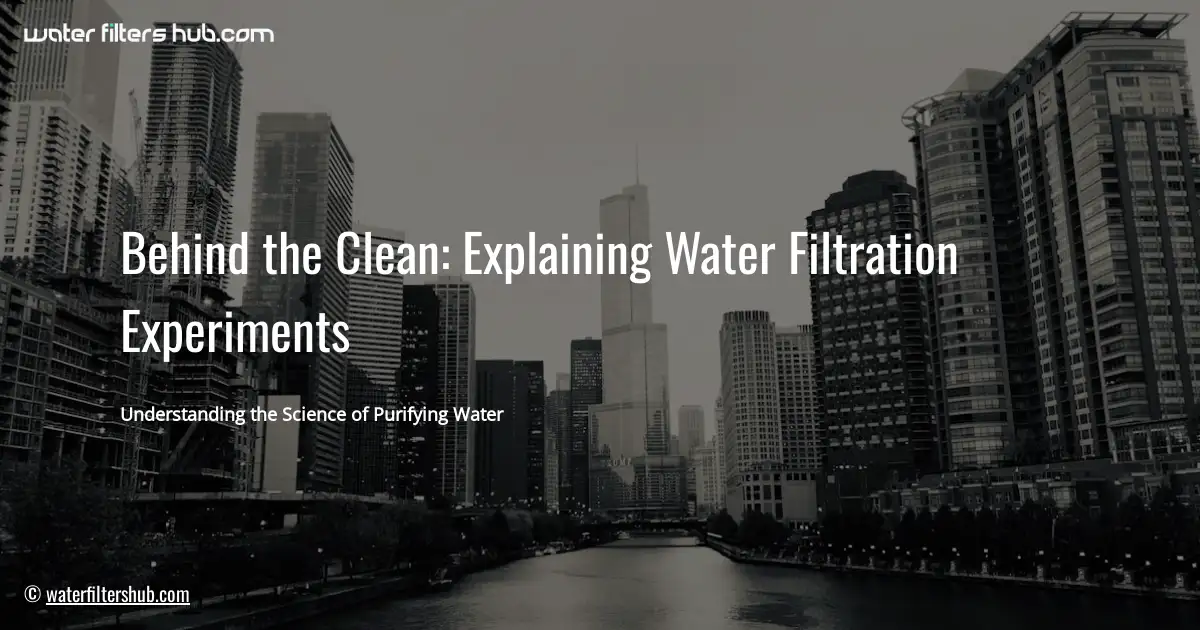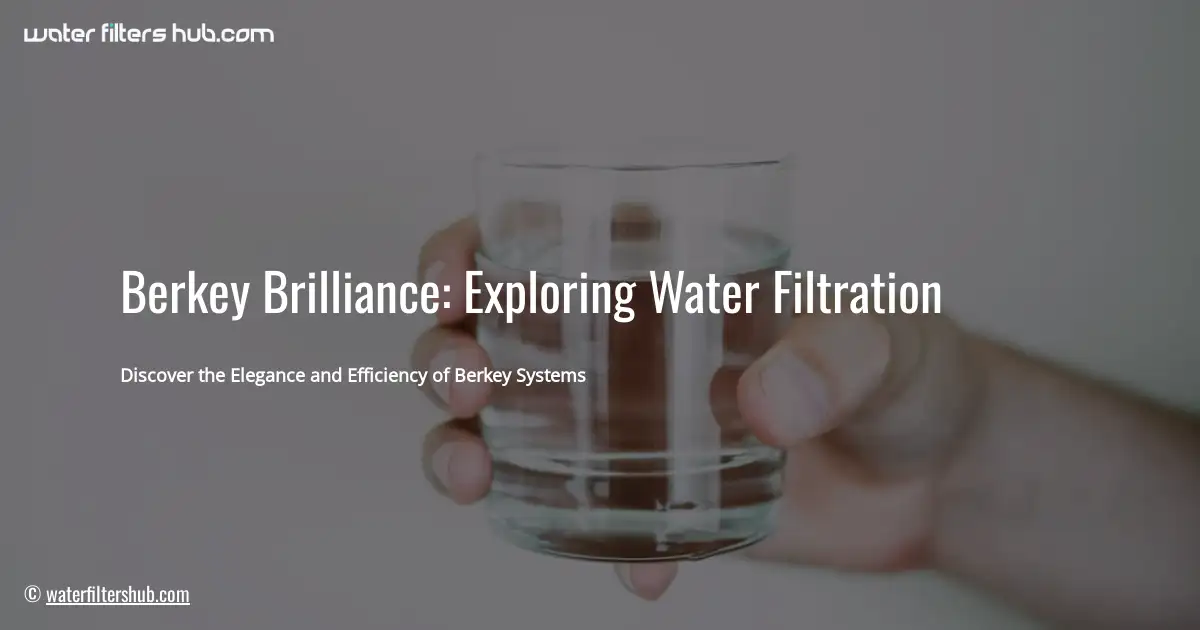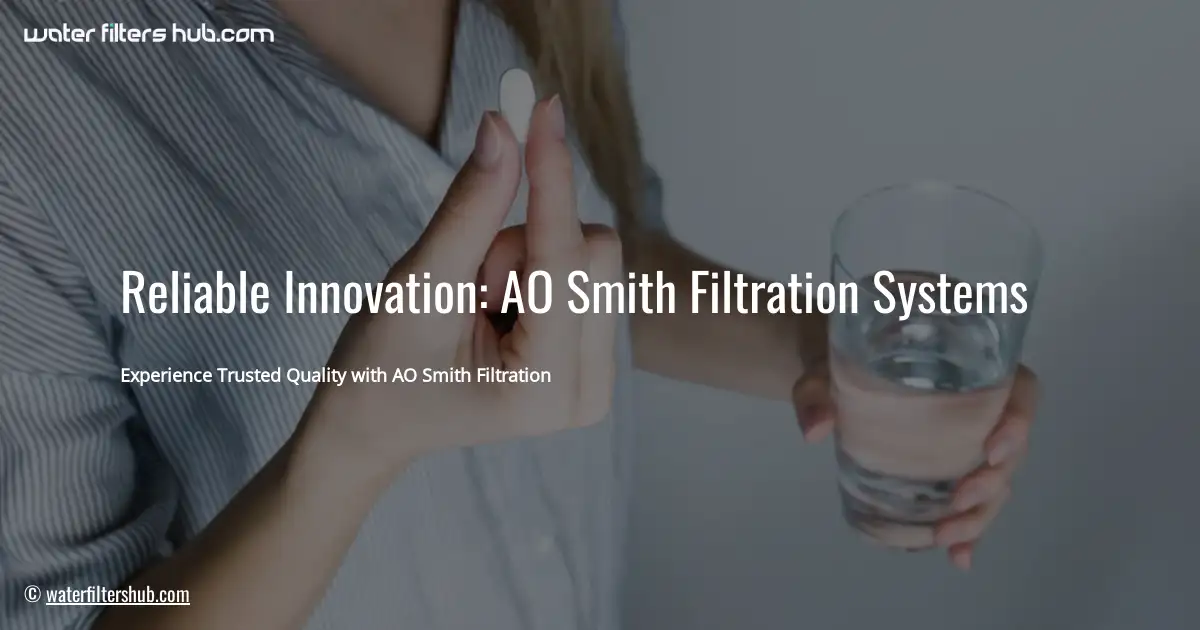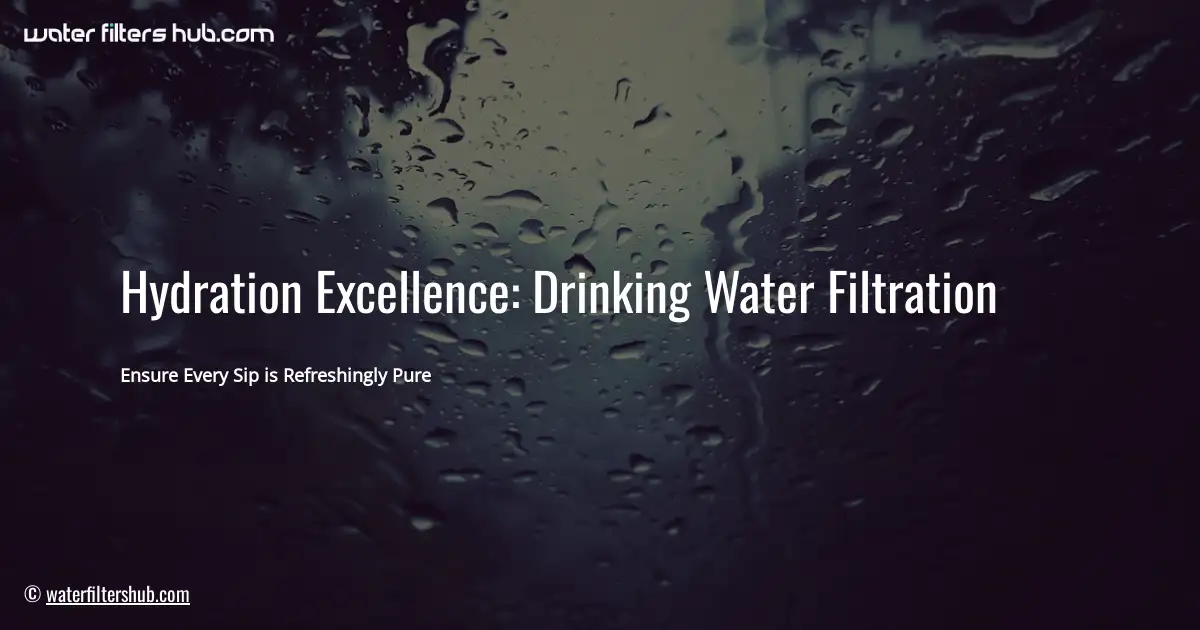Discovering the Optimal Filtration Methods
Introduction
Water is the elixir of life, and it’s essential for our health and well-being. But with the increasing pollution of our water sources, it’s more important than ever to filter our water before drinking it. There are a variety of water filtration technologies available, each with its own advantages and disadvantages. In this article, we’ll explore the different types of water filtration systems and help you choose the best one for your needs.
Importance of Water Filtration
Water filtration is important for removing contaminants from water that can cause health problems. These contaminants can include bacteria, viruses, parasites, heavy metals, and chemicals. Drinking contaminated water can lead to a variety of health problems, including gastrointestinal problems, skin infections, and even cancer.
Overview of Different Water Filtration Technologies
There are a variety of water filtration technologies available, each with its own advantages and disadvantages. Some of the most common types of water filtration systems include:
- Reverse osmosis
- Activated carbon filtration
- Ultrafiltration
- Distillation
- Ion exchange
- Microfiltration
- Ceramic filtration
- UV disinfection
REVERSE OSMOSIS
Advantages and Disadvantages
Reverse osmosis (RO) is a highly effective water filtration method that utilizes a semi-permeable membrane to remove impurities. It’s like a microscopic sieve, allowing water molecules to pass through while trapping larger contaminants like bacteria, viruses, and heavy metals. RO systems are renowned for their exceptional filtration capabilities, making them an ideal choice for purifying water from sources with high levels of contaminants.
However, RO also has some drawbacks. The process can be slow, and it requires a significant amount of water pressure to force the water through the membrane. Additionally, RO systems can waste a substantial amount of water, as they typically produce a concentrated stream of contaminants that must be discarded.
Activated Carbon Filtration
Effectiveness in Removing Contaminants
Activated carbon is a highly porous material with a vast surface area, making it an effective adsorbent for a wide range of contaminants. It can remove chlorine, pesticides, herbicides, volatile organic compounds (VOCs), and some heavy metals from water. Activated carbon filters are often used in conjunction with other filtration methods to provide comprehensive water treatment.
The effectiveness of activated carbon filtration depends on several factors, including the type and concentration of contaminants, the contact time between the water and the carbon, and the size and porosity of the carbon particles. Larger carbon particles have a smaller surface area and are less effective at removing contaminants than smaller particles.
Ultrafiltration and reverse osmosis are both membrane filtration technologies, but they differ in their pore size and filtration efficiency. Reverse osmosis uses a very fine membrane with pores that are small enough to remove almost all impurities, including dissolved salts and minerals. Ultrafiltration, on the other hand, has larger pores that allow some smaller molecules and ions to pass through.
This difference in pore size results in some key distinctions between the two technologies. Reverse osmosis is more effective at removing contaminants, but it also removes beneficial minerals from the water. Ultrafiltration, while less effective at removing contaminants, preserves these minerals. Additionally, reverse osmosis requires more energy to operate than ultrafiltration, as it requires higher pressure to force water through the fine membrane.
Ultimately, the choice between reverse osmosis and ultrafiltration depends on the specific water quality concerns and preferences of the user. Reverse osmosis is the best option for removing the widest range of contaminants, while ultrafiltration is a good choice for removing bacteria and other larger particles while preserving beneficial minerals.
DISTILLATION
Distillation, a time-honored method of water purification, involves boiling water and collecting the condensed steam. 💧 This process effectively removes impurities, including minerals, salts, and microorganisms. Distilled water is renowned for its purity and is often used in medical and scientific applications. However, distillation has its drawbacks. 🧐 It’s an energy-intensive process, consuming significant amounts of electricity or fuel. Additionally, distilled water can be flat and lacking in essential minerals, which may necessitate remineralization for drinking purposes.
Advantages and Limitations of Distillation
| Advantages | Limitations |
|---|---|
| High purity | Energy-intensive |
| Removes minerals and contaminants | Can be flat-tasting |
| Suitable for various water sources | May require remineralization |
| Effective against microorganisms | Not suitable for large-scale applications |
WHAT FILTERS WATER BEST ON YOUTUBE
Ion Exchange: A Selective Swap
Ion exchange is like a chemical dance where ions, charged particles, switch partners. This process removes specific ions and contaminants from water. It’s like having a picky eater who only wants certain ions on their plate.
Ion exchange resins are the picky eaters in this scenario. They have a special affinity for certain ions, like calcium and magnesium, which cause water hardness. These resins swap their ions for the unwanted ions, leaving you with softer, more palatable water.
This process is particularly useful in water softening systems, where it reduces the concentration of calcium and magnesium ions, making water more suitable for appliances and reducing scale buildup. Ion exchange is also employed in industrial applications to remove heavy metals and other contaminants from wastewater.
Microfiltration, like a vigilant guard, stands ready to protect our water from unwanted guests. Its membrane, with pores slightly larger than those in ultrafiltration, acts as a barrier, effectively trapping bacteria and larger particles. This makes microfiltration a valuable tool in wastewater treatment, where it helps to purify water before it’s released back into the environment.
Just like a skilled detective, microfiltration doesn’t stop there. It also plays a crucial role in food and beverage processing, ensuring that our favorite drinks and dishes are free from harmful microorganisms. It’s like having a microscopic security force working tirelessly to keep our water and food safe.
Ceramic Filtration 💧
Ceramic filtration, a guardian of water purity, employs ceramic membranes to keep your water pristine. These membranes, crafted with microscopic pores, act as vigilant sentinels, intercepting bacteria, cysts, and sediments that dare to invade your water supply. Unlike their delicate counterparts, ceramic membranes stand the test of time, providing enduring protection against waterborne threats. Their resilience ensures that you can sip on safe, crystal-clear water, day after day, year after year.
UV Disinfection
UV disinfection, a powerful weapon against microscopic foes, harnesses the power of ultraviolet light to eliminate bacteria and viruses lurking in water. This technology shines a bright light on these pathogens, disrupting their DNA and rendering them harmless.
UV disinfection systems are particularly effective in eliminating waterborne diseases caused by bacteria such as E. coli and Salmonella, as well as viruses like hepatitis A and norovirus. These systems are often used in conjunction with other filtration methods to provide comprehensive water purification.
However, it’s important to note that UV disinfection has its limitations. It doesn’t remove physical contaminants like sediments or chemicals, so it’s crucial to combine it with other filtration methods for complete water treatment.
Proper system design and maintenance are essential for effective UV disinfection. The intensity of the UV light, the exposure time, and the water’s clarity all play a role in its effectiveness. Regular maintenance, including lamp replacement and system cleaning, ensures optimal performance and keeps your water safe and sparkling.
Conclusion
After exploring the diverse world of water filtration technologies, it’s time to unveil the winning solution. Like a detective piecing together a puzzle, we’ve carefully examined each method, weighing its strengths and weaknesses.
The optimal water filter depends on your specific needs and water source. If you’re seeking the most comprehensive purification, reverse osmosis reigns supreme. Like a bouncer at an exclusive club, it intercepts even the tiniest contaminants, leaving you with crystal-clear, pristine water.
For those on a budget or with less severe water quality concerns, activated carbon filtration offers a budget-friendly alternative. It’s like a sponge, soaking up impurities and making your water taste as refreshing as a mountain stream.
If space is a constraint, ultrafiltration or ceramic filtration may be your ticket. These compact systems pack a punch, removing bacteria and other nasties without taking up too much counter space.
Remember, like a well-oiled machine, regular maintenance is crucial for your water filter’s performance. Replace filters as recommended, and your water will continue to flow pure and sparkling, a testament to the power of filtration.
CHOOSING HOME WATER FILTERS & OTHER WATER TREATMENT SYSTEMS | CDC
DRINKING WATER
WHAT WATER FILTERS REMOVE BACTERIA
WHAT WATER FILTERS REMOVE BACTERIA
HOW DO BRITA WATER FILTERS WORK
WHAT WATER FILTERS ARE BEST
HOW LONG DO ZERO WATER FILTERS LAST







Leave a Reply